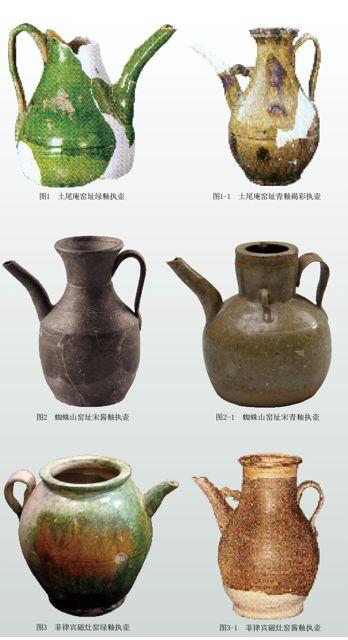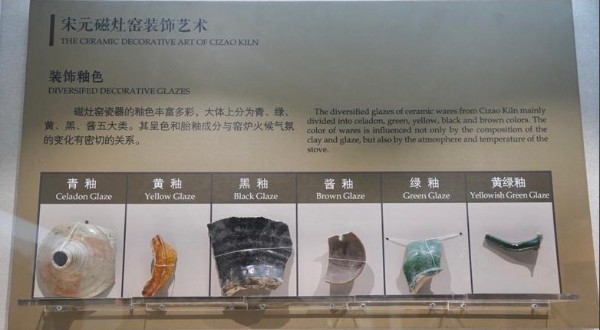2022-11-23
大英博物館裡有幾把綠釉執壺,橫跨唐元明叄代,說產地是福建省。
1、元代執壺叄把
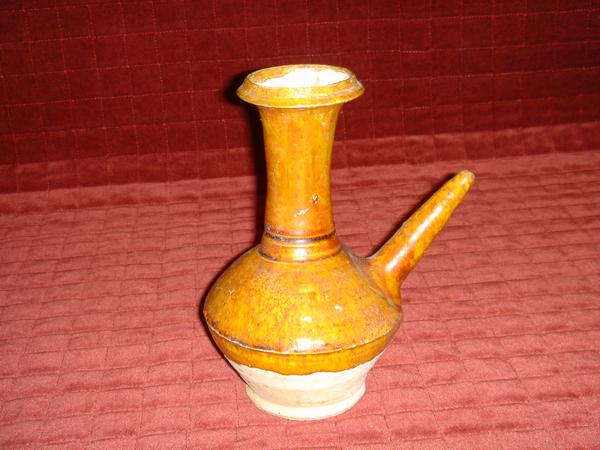
Stoneware kendi with caramel-colored iron glaze. Diameter: Diameter: 5 cm; Height: Height: 17.50 cm
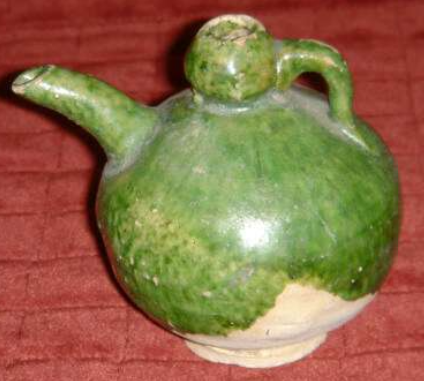
Stoneware ewer with green glaze. Diameter: 5 cm; Height: Height: 7.80 cm
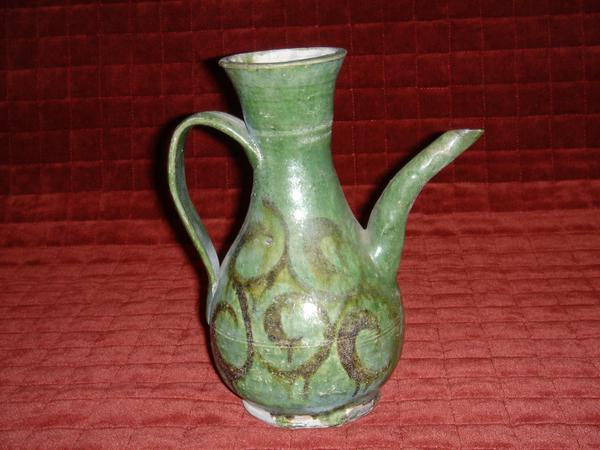
Stoneware ewer with underglaze iron-brown painting and green glaze. Diameter: 5 cm; Height: Height: 19.30 cm
原因:A similar example is in the Quanzhou Maritime Museum, Quanzhou, Fujian province.
2、明代的一把。原因如下:
This type of ewer was probably used in a domestic Chinese context for pouring wine and was also sold to customers in South-east Asia where animal-shaped ewers had been popular for some time. Ming ceramics were preserved in Indonesia over the centuries and as late as the end of the Second World War, in 1945, almost identical crayfish ewers were used as ritual objects among the Kelabits and Muruts people of the far uplands in the interior of northern Sarawak, and Kalimantan in Borneo, Indonesia. Such ewers were used there for 'borak' [rice wine] in ceremonies associated with crop fertility and head-hunting. Some of these ewers were later purchased for the Sarawak Museum. Another similar example is in the Hainhofer Cabinet at Upsala, Sweden, which formed part of a collection completed in ad 1628.
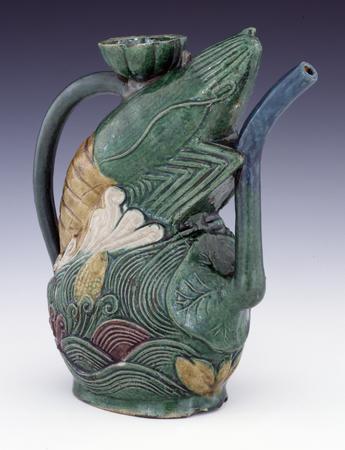
There is another ewer in the Dresden Collection which 'can be traced in Saxon hands as far back as the sixteenth century. The presence of similar examples in such early inventoried European collections provides us with a terminus post quem. Since R. L. Hobson's time further research has established that ewers in the form of phoenix or carp were inventoried for the Elector of Saxony in 1590, recorded as a gift in 1579-80 from the Medici Grand Duke of Florence.
An identical example is in the Baur Collection, Geneva, and a further example is in the Lee Kong Chian Art Museum, National University of Singapore. Variations on this type of ewer, with carp in place of the crayfish, are also known, while complete examples of both carp and crayfish ewers are in a private collection in Morotai, Halmahera, Indonesia.
3、唐或遼代(618-1125)的一把:
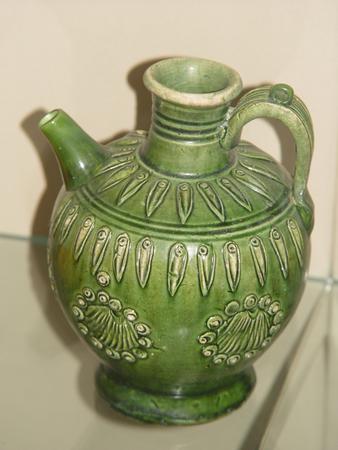
Ewer. Made of green glazed and applied earthenware.
查網上資料,知道福建泉州磁灶窯,始於南朝,窯火延續了一千五百多年,出產執壺,在宋元時期達到鼎盛:
